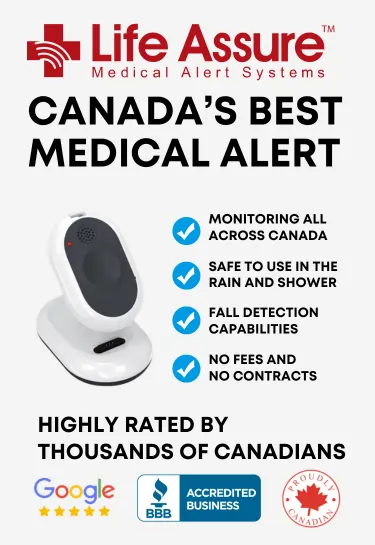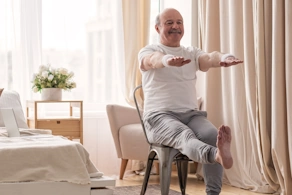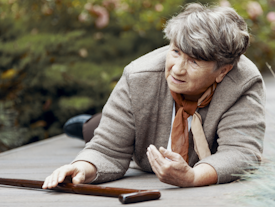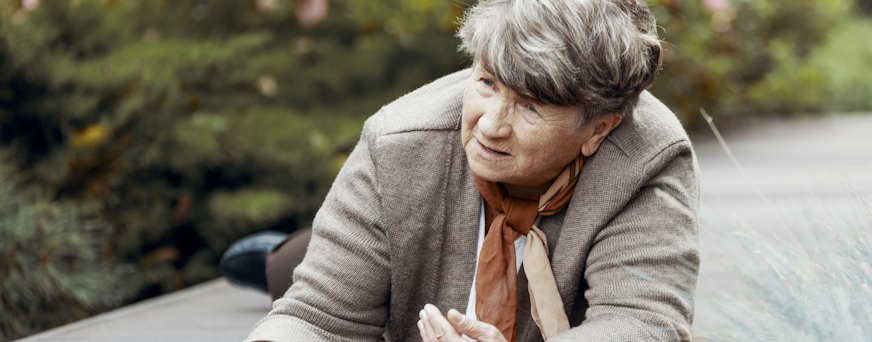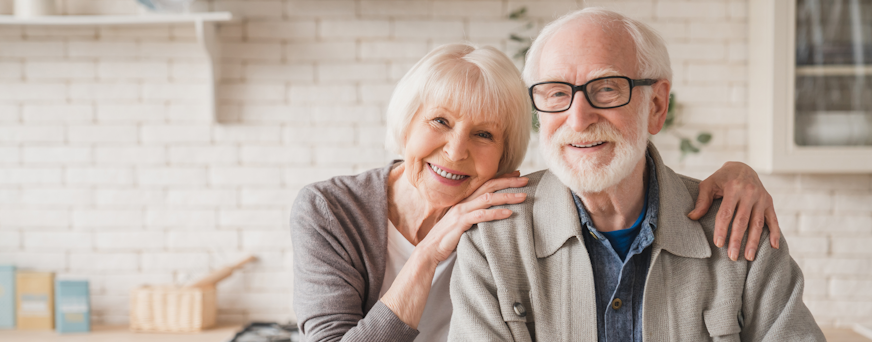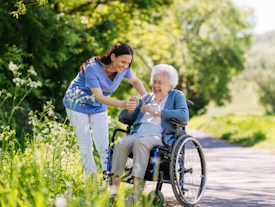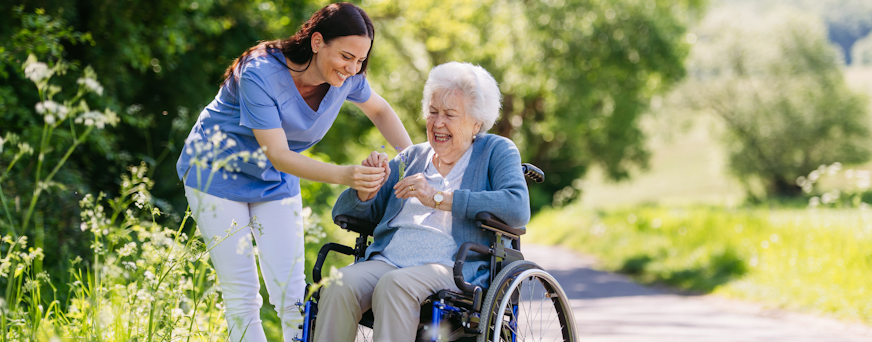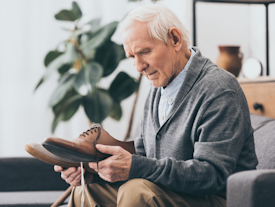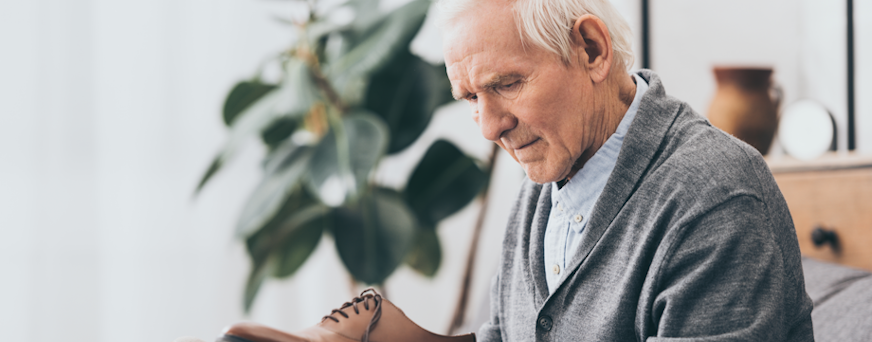Fall Prevention: Essential Tips And Exercises For Seniors' Safety
Falls are one of the leading causes of injury among older adults, and most are preventable. Reducing fall risks helps protect Canadian seniors' independence, confidence, and overall well-being.
A loose rug, an uneven step, or a skipped eye exam might seem minor, but small hazards can lead to serious consequences. The good news is that a few simple adjustments can make your home and daily routine much safer.
Fall prevention starts with awareness and a proactive mindset. By making thoughtful changes and building strength and balance, seniors can move through life with greater stability and peace of mind.
Life Assure Product Quiz
Find The Perfect Medical Alert Device
Take our 30 second quiz and discover
which Life Assure medical alert device
is the right fit for you or a loved one.
Life Assure Product Quiz
Find The Perfect Medical Alert Device
Take our 30 second quiz and discover
which Life Assure medical alert device
is the right fit for you or a loved one.
Understanding The Risks Of Falls For Seniors

As we age, changes in balance, muscle strength, and vision can increase the likelihood of falling. For many Canadian seniors, these physical shifts happen gradually and may go unnoticed until a close call—or a serious injury—occurs.
Falls are the leading cause of injury-related hospitalizations among older adults. Beyond physical harm, they often lead to a loss of confidence, reduced mobility, and, in some cases, the need for assisted living. A single fall can impact not only physical health but also emotional well-being and long-term independence.
That’s why fall prevention matters. Waiting until after a fall to take action can be costly. By understanding the risk factors and making early adjustments to your environment, habits, and health, you can take control of your safety and continue enjoying life with greater confidence.
Fall Prevention Tips For Seniors
Preventing falls starts with practical changes to your surroundings, routines, and habits. Each adjustment helps reduce risk and supports daily independence.
From home safety upgrades to strength-building exercises, the tips below are designed to make life safer and more comfortable for Canadian seniors, without sacrificing freedom or confidence.
1. Home Safety Modifications
Your home should support your safety, not create hazards. Start by removing tripping risks such as loose rugs, cluttered walkways, or electrical cords across floors. Rearranging furniture to create clear paths and installing nightlights in bedrooms and hallways can also make movement safer.
In high-use areas like bathrooms and stairways, add handrails and grab bars for extra support. Consider using non-slip mats in the shower and securing loose flooring.
Lighting plays a significant role in fall prevention. Make sure all rooms, especially entryways and staircases, are well-lit. Motion-activated lights or brighter bulbs can increase visibility during nighttime movements.
Small changes like these offer significant protection and help you feel more secure in your own space.
2. Physical Activity And Balance Exercises
Regular movement helps build the strength, balance, and coordination needed to prevent falls. Gentle physical activity improves stability and supports joint health, making everyday movements safer and more confident.
For Canadian seniors, low-impact exercises like walking, tai chi, and chair yoga are excellent ways to stay active. These activities improve posture and strengthen muscles without straining the body.
Balance-specific routines—such as standing on one foot or shifting weight side to side—can be practiced at home with support nearby.
If you're unsure where to begin, ask your doctor or physiotherapist to recommend safe exercises based on your needs. A consistent routine can reduce your risk of falling while boosting energy and mobility.
3. Regular Health Check-Ups
Staying on top of your health helps with fall prevention. Regular check-ups help identify medical conditions that may affect balance, coordination, or awareness. Certain medications, untreated conditions, or changes in blood pressure can all increase your risk of falling.
Vision and hearing checks are essential. Poor eyesight can make it harder to spot obstacles, and hearing loss may reduce your awareness of nearby hazards.
Discuss any dizziness, unsteadiness, or past falls with your doctor. By addressing these concerns early, you’ll be better equipped to make safe, informed choices each day.
4. Medication Management
Some medications, especially when combined, can affect balance, coordination, or alertness. Seniors prescribed multiple medications may experience unexpected interactions.
Review your prescriptions and over-the-counter drugs with a healthcare provider regularly. Ask about side effects like drowsiness, dizziness, or confusion that could increase your risk of falling.
Using a pill organizer and setting reminders can help keep doses on track and avoid accidental double-ups. Managing medications with care supports both safety and overall health.
5. Proper Footwear And Assistive Devices
What you wear on your feet—and how you move through your space—can significantly affect your stability. Wear shoes with non-slip soles, firm support, and a secure fit. Avoid slippers, high heels, or footwear with smooth bottoms that can slide on tile or hardwood.
For those with mobility concerns, assistive devices like canes and walkers can make walking safer and more comfortable. Ask a professional to ensure your device fits properly and supports your posture.
With the proper footwear and tools, you can move confidently and prevent unnecessary accidents.
Creating A Fall Prevention Plan

Having a plan puts you in control. A fall prevention plan helps you stay proactive, not reactive, when it comes to your safety. Start by identifying your personal risk factors—such as past falls, health conditions, or balance issues—and the areas in your home that need adjustments.
Work with your doctor, physiotherapist, or pharmacist to address medical risks. Involve family members or caregivers in conversations so they can support your goals.
Review your plan regularly and update it as your needs change. With a thoughtful strategy in place, Canadian seniors can stay active and independent with greater peace of mind.
Additional Resources For Fall Prevention
You don’t have to navigate fall prevention alone. Many local community centers and healthcare providers offer workshops, balance classes, and home safety assessments tailored for seniors.
Online tools and printable checklists can also help you evaluate and improve your space. Look for a fall prevention PDF from trusted organizations like your provincial health department or senior advocacy groups. These guides offer step-by-step advice and can be shared with loved ones or caregivers.
Exploring these resources adds another layer of support, helping you build a safer, more informed lifestyle one small step at a time.
Conclusion
Preventing falls doesn’t require drastic changes—just thoughtful ones. A safer home, stronger body, and more informed routine can protect your independence and well-being.
Start with one small change today. Each step you take brings you closer to a more confident, secure way of living.


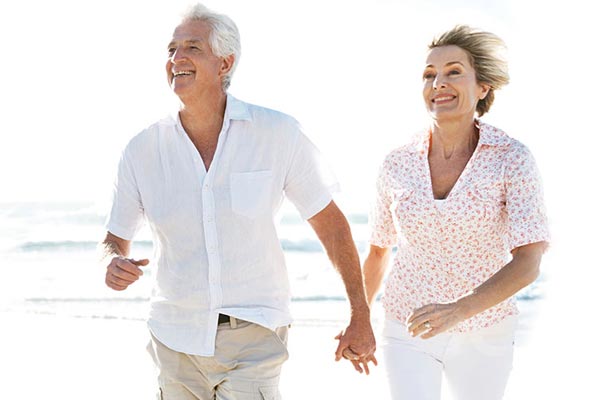
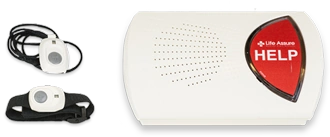
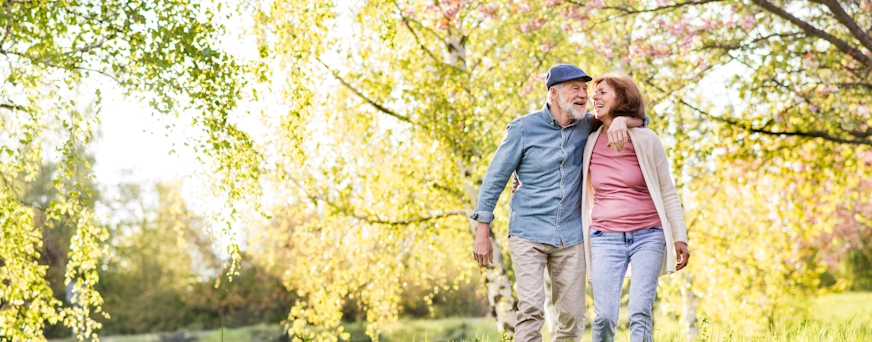
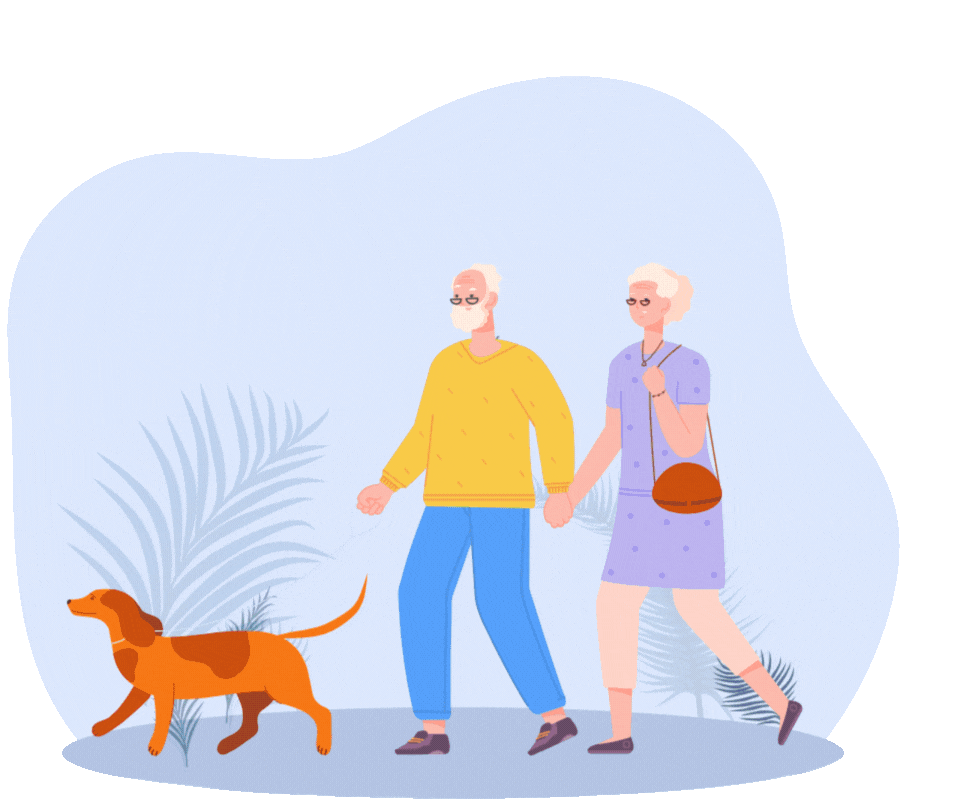
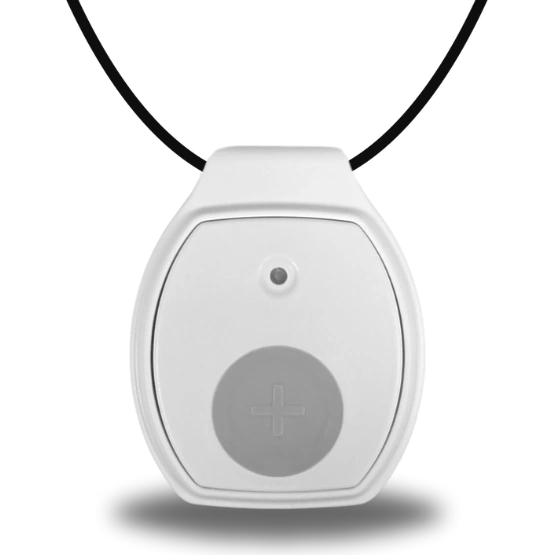
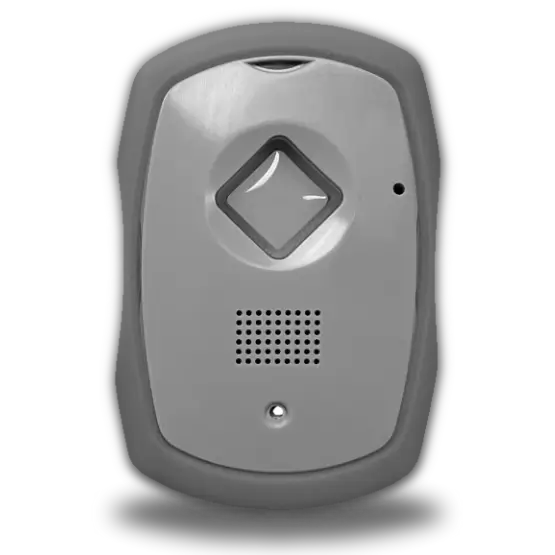

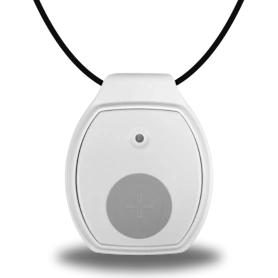
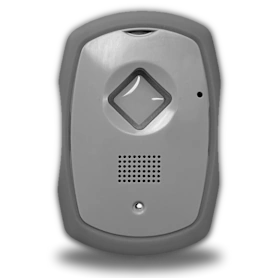
 Get Help With The Push Of
A Button
Get Help With The Push Of
A Button
